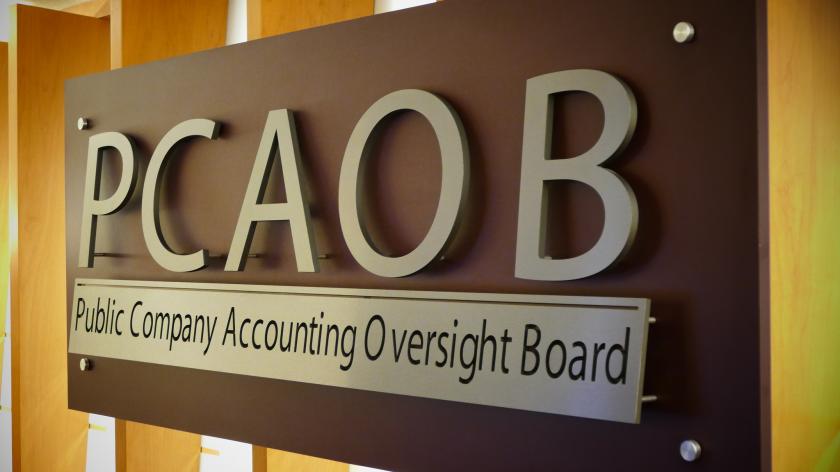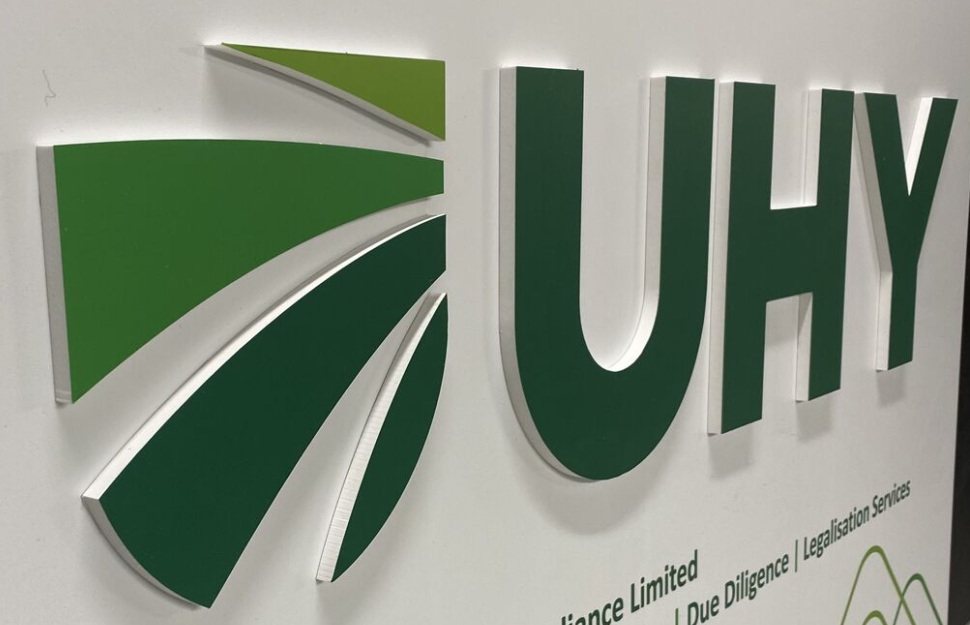Philanthropic giving is inching its way back up, but the country has not returned to its pre-recession levels of generosity.
Total U.S. 2012 giving to charities was $316.23 billion, up by 3.5 percent over 2011, according to estimates to be unveiled at the Union League on Wednesday. They were prepared by the Chicago-based Giving USA Foundation and the Indiana University Lilly Family School of Philanthropy.
Adjusted for inflation, that represents just a 1.5 percent increase in donations from individuals, corporations and foundations.
“The good news is that it’s not going down, and the bad news is that it’s not going up as rapidly as one might prefer,” said Patrick Rooney, associate dean at the Lilly School who oversaw the team that researched and wrote the report. Because giving dipped 15 percent during the recession and growth has been so slow since, it may be another six or seven years before philanthropy levels return to the 2007 pre-recession high of $344.48 billion, he said.
“I think that’s the real harm in this. During the slowdown in the economy and a slow recovery, there is more un-met need than normal, so it’s a double whammy,” he said.
Still, one hopeful sign comes in the form of giving to arts and culture. When the economy began to collapse, many funneled more of their donations into programs that support homelessness and hunger programs, and arts and culture philanthropy dropped by nearly 18 percent. Now attention is turning back to museums, orchestras, theaters, dance troupes and libraries.
“The increase in giving to arts and culture is pretty amazing, 5.7 percent — that’s enormously healthy. I think that’s a good bellwether for the recovery,” said Eileen R. Heisman, president and CEO of Jenkintown, Pa.-based National Philanthropic Trust, a partner in the study.
The estimates for 2012 were drawn from IRS tax returns from 2010 and data from other sources that are fed into sophisticated forecasting models, Rooney said. A number of revisions are applied to initial estimates as other numbers come in, “but most years we are very close to the final numbers,” he said.
For 2012, the report found:
Giving by individuals rose to $228.93 billion, an estimated 3.9 percent increase (1.9 percent adjusted for inflation).
Gifts through bequests fell by 7 percent (8.9 percent adjusted for inflation) to $23.41 billion.
Corporate giving increased 12.2 percent (9.9 percent adjusted for inflation), a number that includes both corporations and the corporate foundations they sometimes fund, to $18.15 billion.
Foundation largess grew by 4.4 percent (2.3 adjusted for inflation) to $45.74 billion.
Among recipients who saw growth were arts, culture and humanities, 7.8 percent; environmental and animal-related groups, 6.8 percent; education, 7 percent; human services, 3.8 percent; health organizations, 4.9 percent; donor-advised funds and umbrella groups such as the United Way, 5.4 percent.
Giving to religious groups dropped slightly, by 2.2 percent adjusted for inflation. Religious groups still get the largest share of the philanthropic pie (32 percent), but the drop from 2011 to 2012 is part of a continuing trend.
“This is a little surprising, to see declines in the recovery stage of the business cycle,” said Rooney. “One of the things that we’ve observed is people don’t give to religious organizations if they are not attending services, and each subsequent generation is attending less often than their parents or grandparents. So you see a secular trend down.”
Like the economy generally, the financial health of individuals has an enormous bearing on philanthropic activity. Individuals typically account for three-fourths of giving in the U.S. each year.
———————
Copyright 2013 – The Philadelphia Inquirer
Thanks for reading CPA Practice Advisor!
Subscribe Already registered? Log In
Need more information? Read the FAQs
Tags: Accounting, Income Tax, Nonprofit



